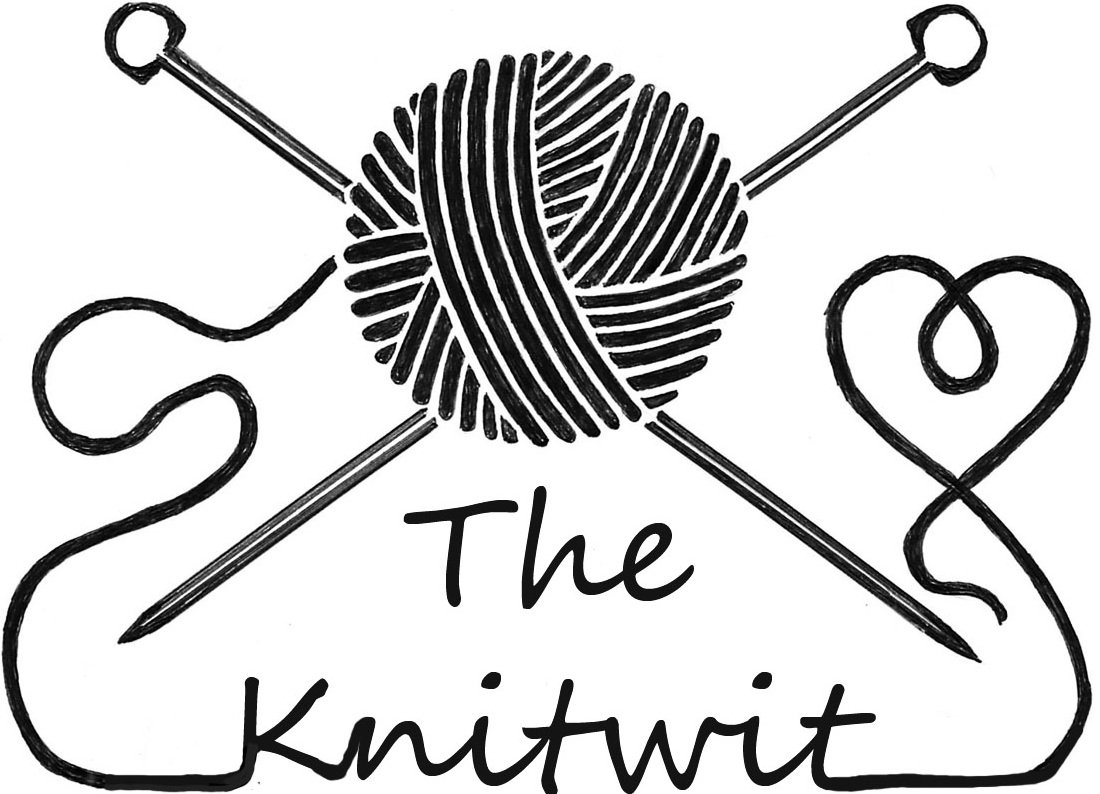How to Size and Shape a Neck for a Garment
Are you making a sweater or a garment and wondering about neck size? Like me you probably searched and couldn’t find any recent standards for neck size for garments. Let’s look at what does exist in terms of older standards and rules of thumb that can give us guidance. And then we will look at how to design the perfect neck size and shape for your garment type.
Standards for Back of Neck Measurement
There is an out-of-circulation standard produced by Leisure Arts that specifies neck width, measured straight across the back of the neck for Women and Men. This standard was reproduced in “Sweater Design in Plain English” by Maggie Reghetti. The standard allows for an increase of 2/3”/1.5cm for each 4” increase of bust circumference. Starting at a 32” bust, the standard goes like this:
32” bust = 5.5” neck | 36” bust = 6” neck | 40” bust = 7” neck | 44” bust = 7.5” neck | 48” bust = 8” neck | 52” bust = 9” neck |
By doubling the neck measurement we get an approximation for neck circumference.
32” bust = 11” neck | 36” bust = 12” neck | 40” bust = 14” neck | 44” bust = 15” neck | 48” bust = 16” neck | 52” bust = 18” neck |
This would be a good number to use if you are planning a noose but would be uncomfortably tight for a garment. But this set of numbers is useful as a Minimum value for neck measurement.
“One-Third” Ratio for Neck to Shoulder Width
A rule I have encountered in several garment and knit design books is that neck width, at the shoulder, can be approximated as one-third of shoulder-to-shoulder width when designing a close-fitting neck such as crew or a turtleneck where a neck trim such as ribbing or a tube neck will be applied. This works well for larger body sizes but not as well for Small and X-Small garments, which will have too-small necks using this ratio.
Shirts and Sweaters that are pulled on over the head
When planning a garment that must be pulled over the head, the neck opening must be as large as the wearer’s head circumference, or able to stretch, unzip or unbutton to accommodate the head. Knit garments in which 1x1 (knit, purl) ribbing is used as neck edging can stretch by 50%, whereas woven materials have no stretch.
Head circumference for a Woman is about 20” and for a Man, 22". So using a knit material with 50% stretch, the minimum neck opening would be 13.5” (20”/1.5) for a Woman’s garment and 14.5” (22”/1.5) for a Man’s garment. A neckband should be at least 1” long to draw in the knitting properly. The Bind Off of the neck stitches must be a stretchy type or carefully regulated so that it doesn’t constrict. For 1x1 ribbing I use Jeny’s Surprisingly Stretchy Bind Off.
Neckline Design and Garment fit
We have established some guidance for neck size, but we also need to explore how to create the best neckline for a garment.
When to Use Wide and Narrow Necks
When designing a wide neck, such as boat/bateau or square shape, and undergarments are to be worn, make the neck opening smaller than the distance between bra straps. The same applies to deep necklines so that they don’t show undergarments.
If you take a look at garments in your closet, for most, the back neck comes up higher than the front. In fact for many of your garments the shoulders will slope up and the back neck will be a straight line connecting the two highest points of the shoulders. The front, neck shape will be rounded, pointed, or take some other shape. The high back neck gives the garment structure so that it doesn’t shift around the body, and can compensate for a deep front neck preventing the neck from splitting apart and sliding down the shoulders. The front neck takes on a variety of shapes and is essentially part of the garment’s design concept. Of course some garments are designed with back necks that mirror the front neck shape, are low or plunging — but these are typically seen in women’s evening wear, and not in more practical daytime apparel, and boning and interfacing, are added to prevent wardrobe malfunctions.
A loose-fitting garment may require a smaller neck to give it structure and to prevent the garment from shifting. A close-fitting garment can get away with a larger neck because it already clings to the body and will not shift. If a large neck is planned for a loose-fitting garment body, close-fitting sleeves may help keep the garment centered on the body.
Using a String to experiment with and measure neckline shape
To experiment with neckline shape, take a length of string and tie the ends together, then put it around your neck. Shape the string in different ways and then take critical measurements and translate them into your design.
In this post we have discussed considerations of neckband size and shape, but for how-to construct a variety of necklines, get a copy of Shirley Paden’s “Knitwear Design Workshop.”
Experimenting with Neck shapes using a string
If you enjoyed this discussion of neck size and design, sign up for the Knitwit newsletter and learn about upcoming patterns and additional knitting blog posts.
Visit my landing page to see what I’ve been working on lately.

